Our History
How did a small operation in Portland, Oregon grow into a company that builds some of the most challenging projects in the world? Hoffman succeeded by providing the same high level of commitment to every client and by taking a leadership role in the growth and development of the Northwest construction industry.
Keyboard Navigation
TAB — highlight years below
SPACE — move to year
ENTER — open year
LEFT/RIGHT — open prev/next year
ESC — close year
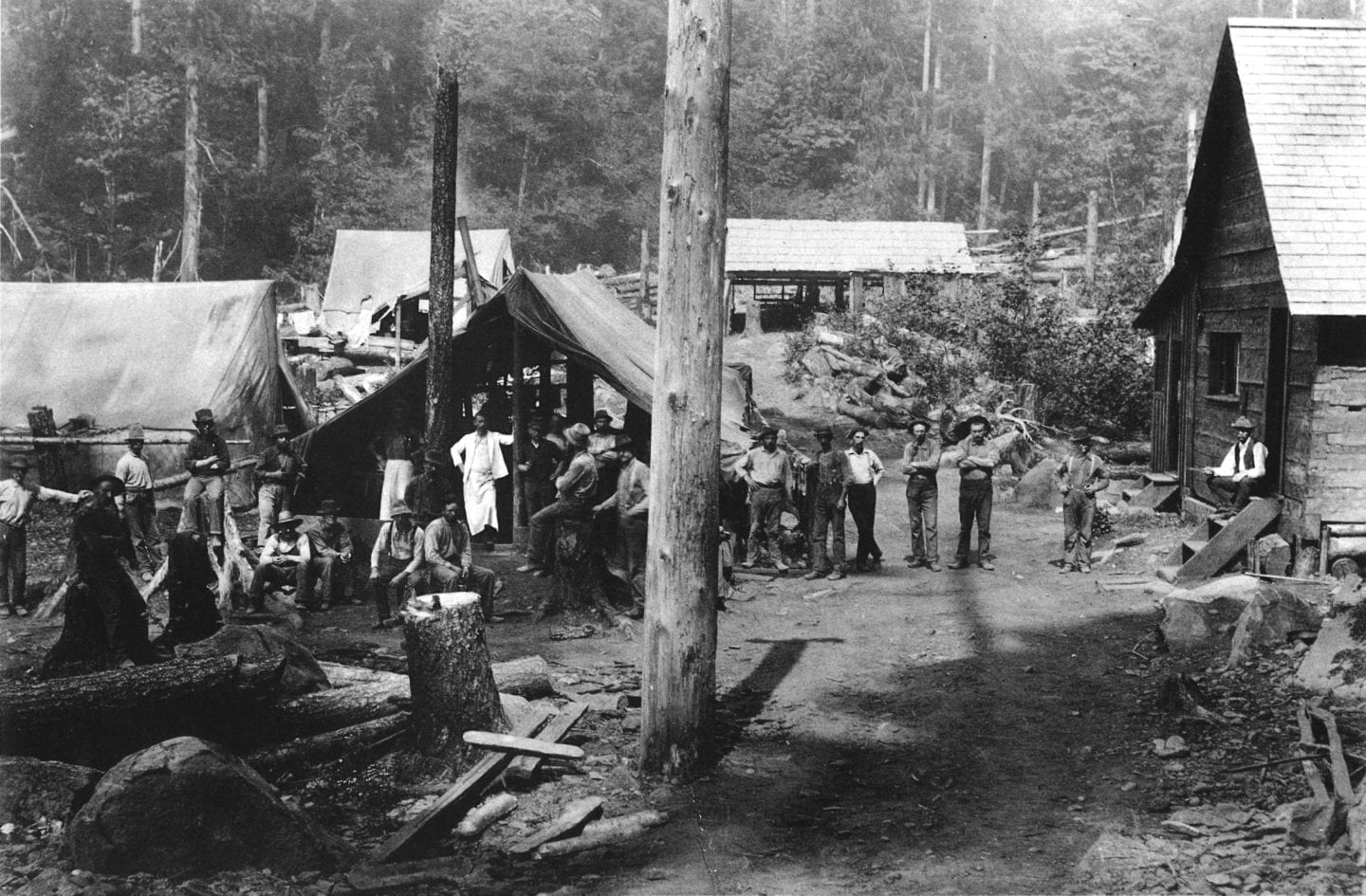
1870
Early Foundations
Young Lee Hoffman comes out west in 1870 to help build covered bridges on the Willamette River. He ends up building much more than he planned, including a successful career in construction and a new family that includes a daughter, Margery, and a son, Lee Hawley.
There was a constant stream of humanity crossing the Morrison Street bridge. It is estimated that between 8,000 and 9,000 persons crossed on the structure yesterday.
- The Oregonian, April 12, 1887
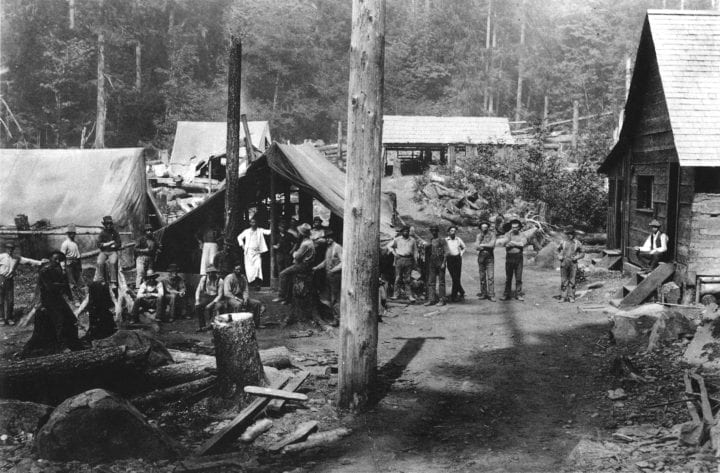
1893 - Construction Camp, Bull Run Pipeline
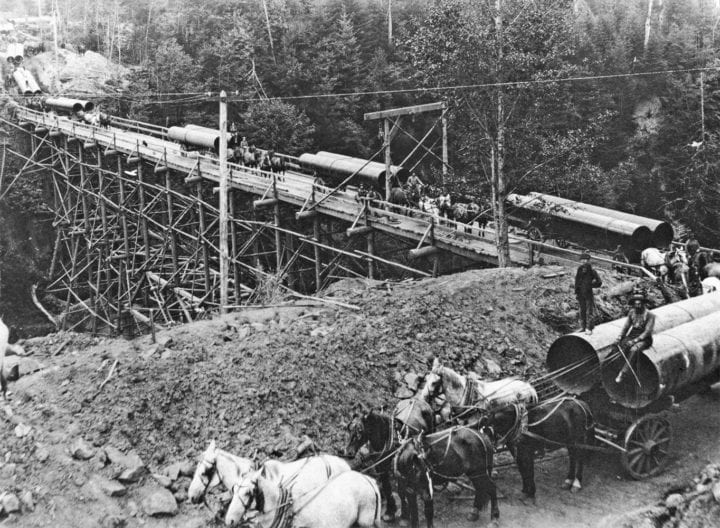
1893 - Hauling Pipe for Bull Run
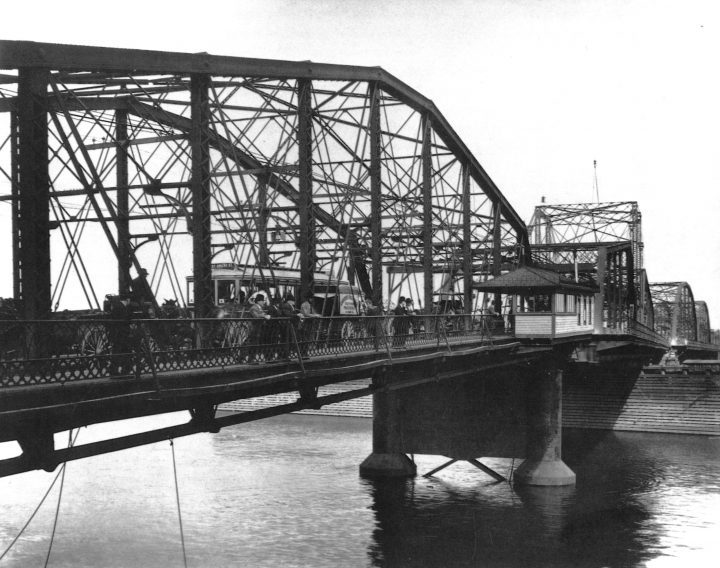
1887 - Morrison Street Bridge
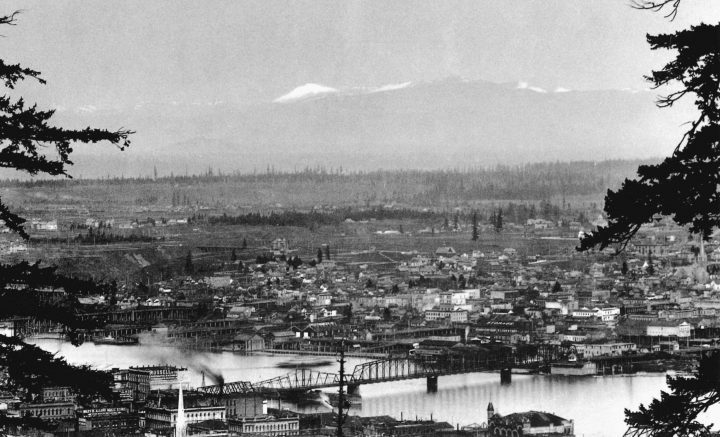
1895 - Downtown Portland and the Morrison Street Bridge
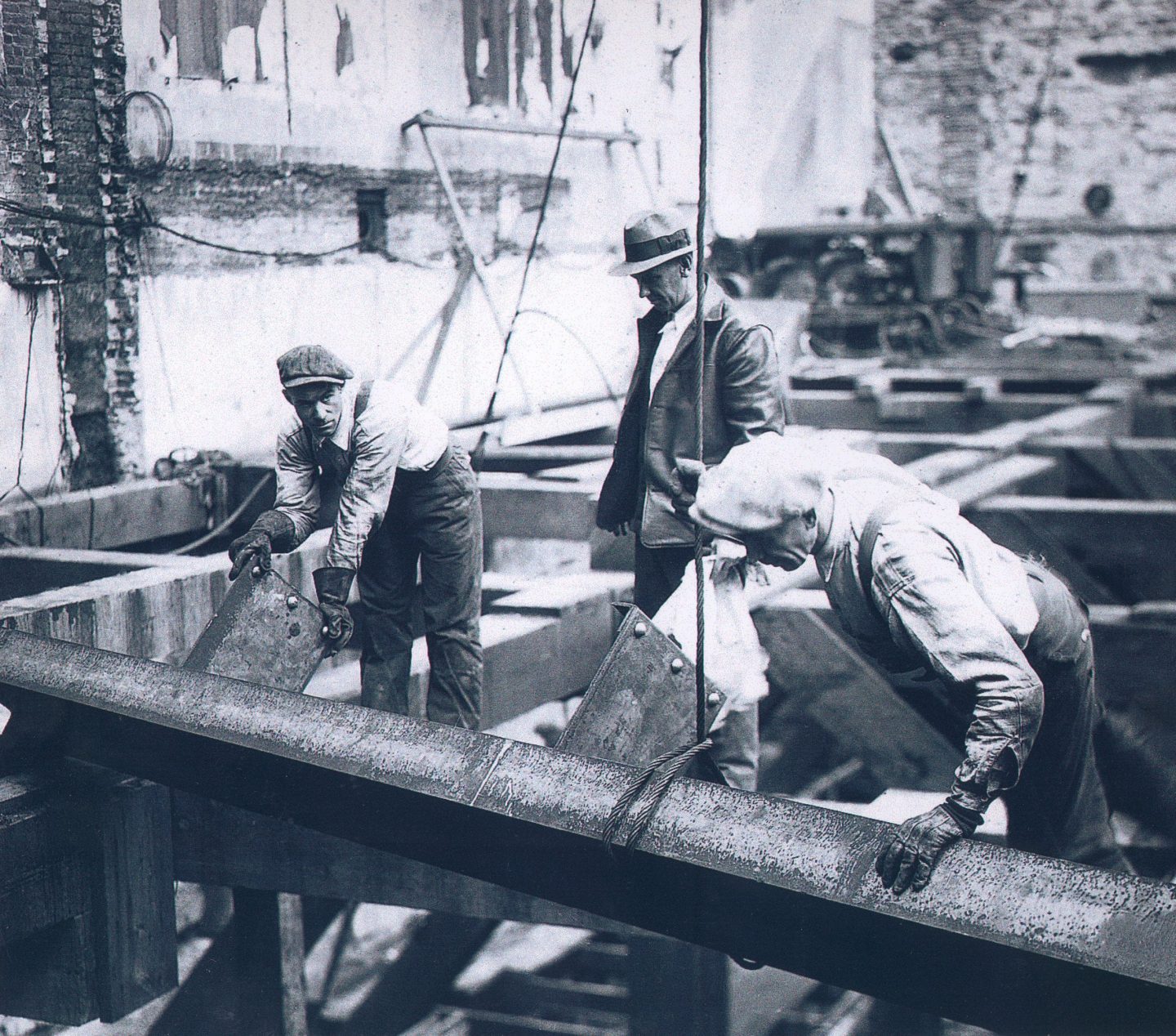
1922
The Company is Born
L.H. Hoffman establishes Hoffman Construction Company in 1922, and plays a key role in Portland’s building boom. Noteworthy projects include the Heathman Hotel, the Public Service Building, and the Portland Art Museum.
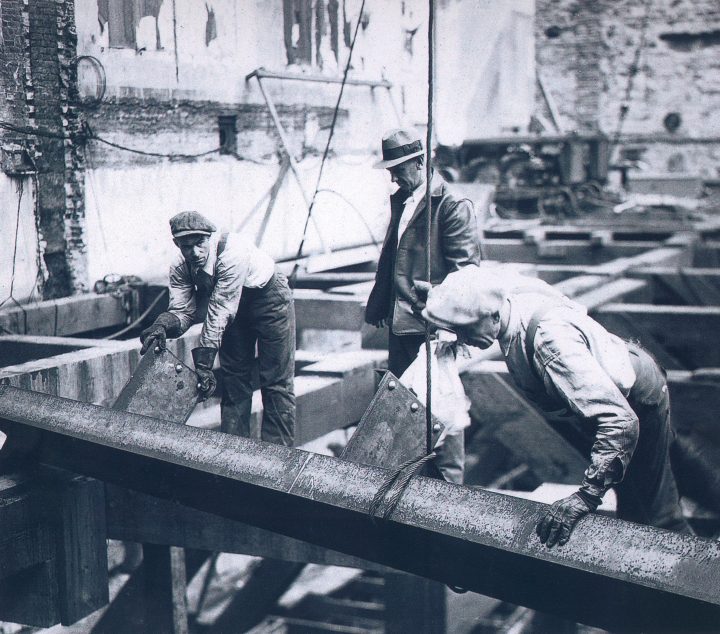
1930 - Meier & Frank Department Store - Steel Workers
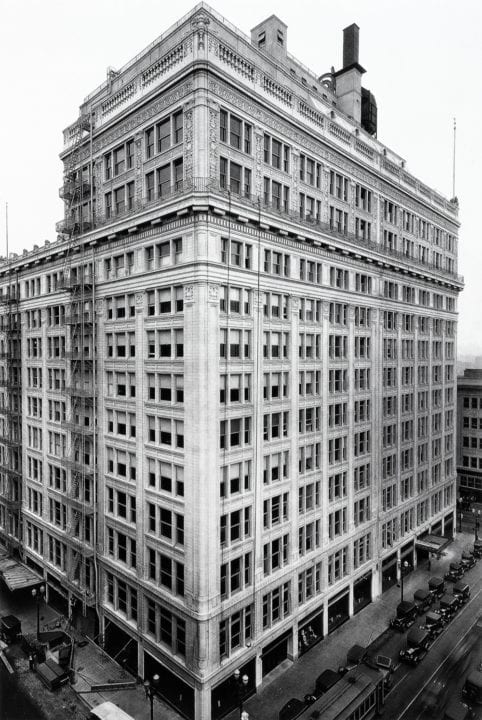
1930 - Meier & Frank Department Store
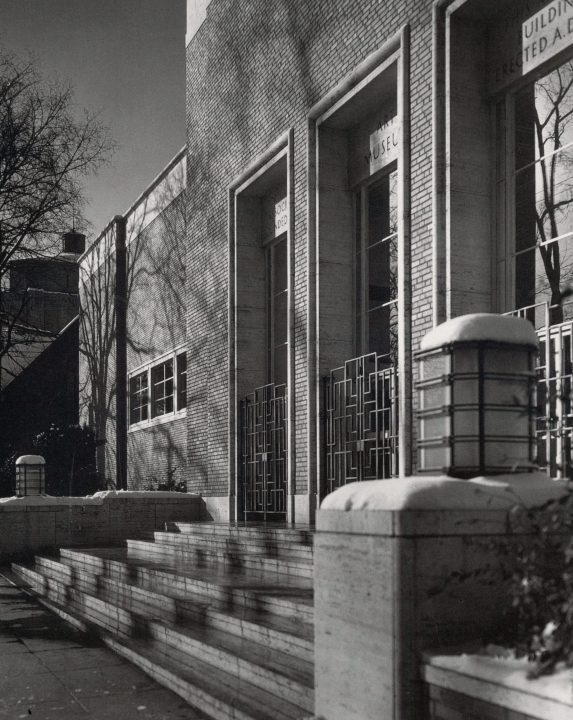
1939 - Portland Art Museum
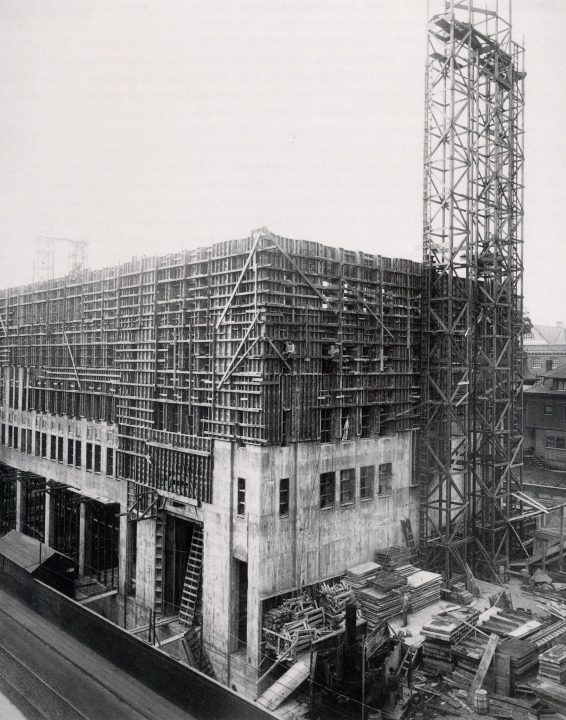
1929 - Terminal Sales Building Portland
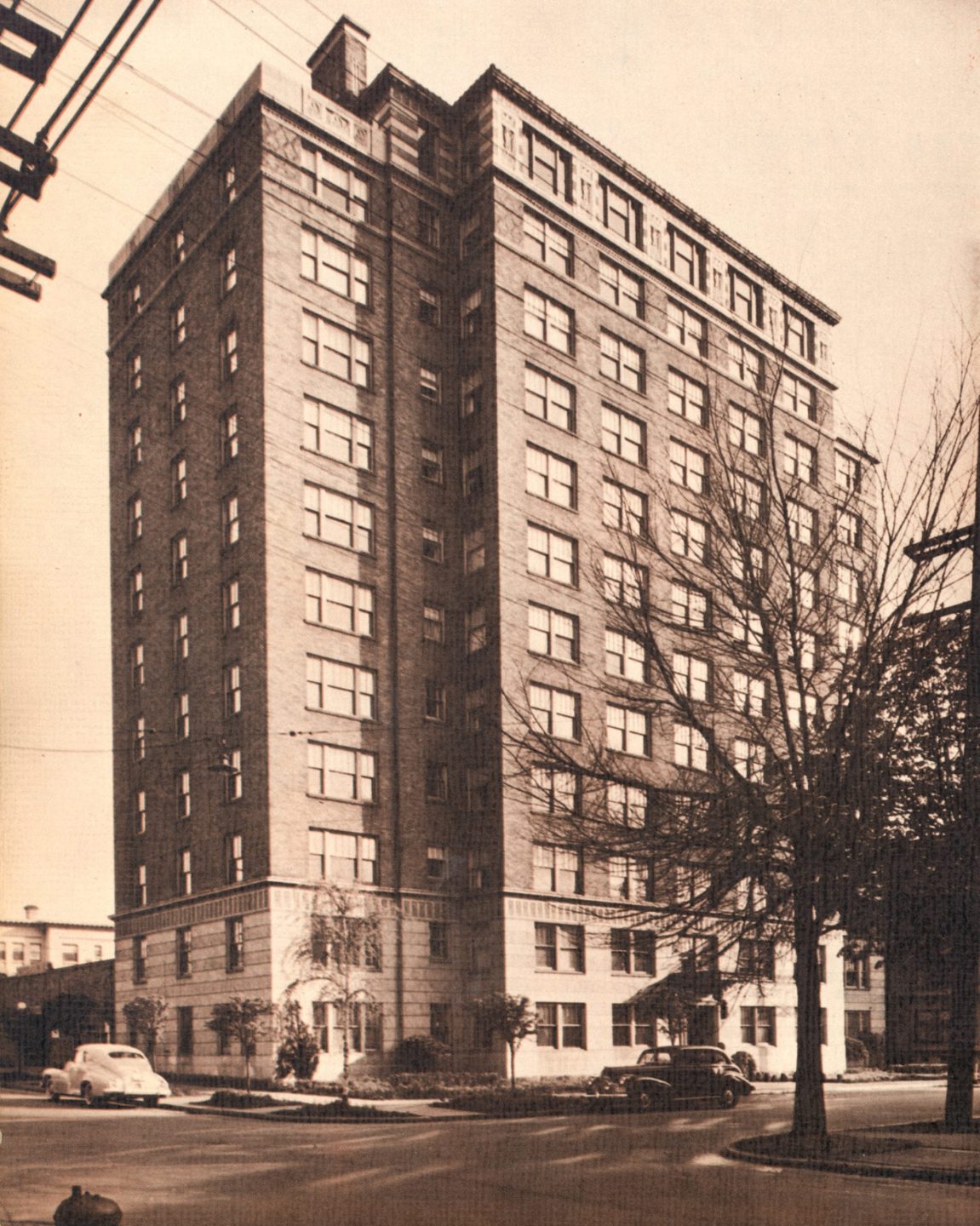
1929
Expansion to Seattle
Hoffman opened its Seattle office in 1929, helping to ease the housing crunch. Our first project was a luxury apartment house, a 12-story project on First Hill that set a new standard for apartment living, with amenities such as fireplaces, tiled kitchens and baths, electric clothes dryers, and a separate service elevator. Even then, our commitment to partnering with owners was on display: we completed the project ahead of schedule to help the developer open early to enthusiastic renters.
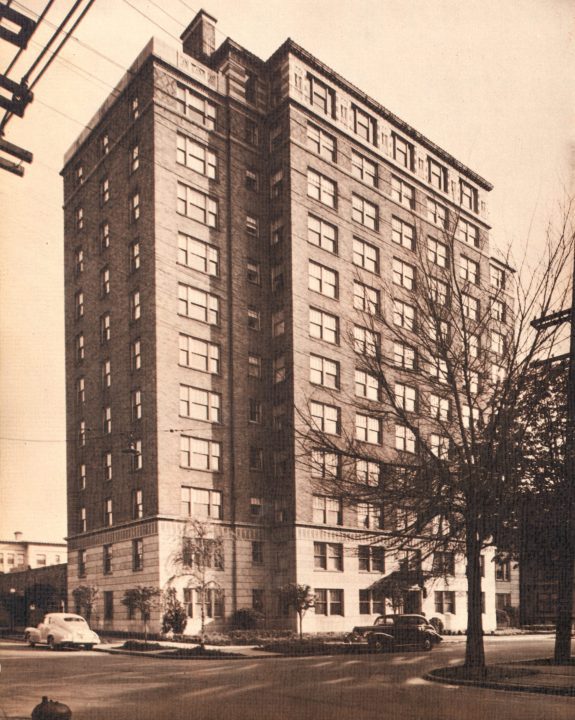
1929 - 1223 Spring Street - Seattle
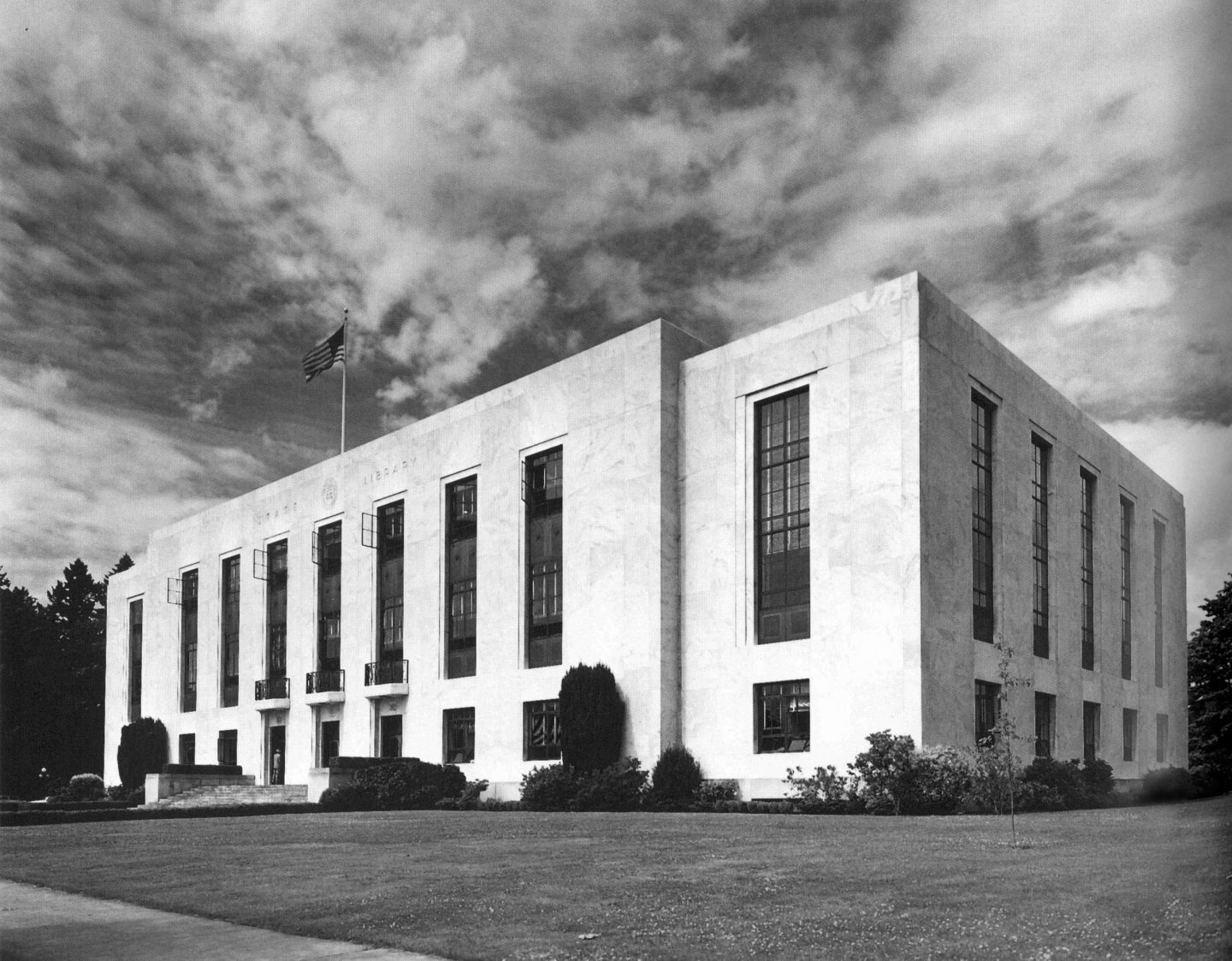
1933
The Great Depression
Hoffman stays productive with a series of public projects for federal, state, and county government, including courthouses and post offices throughout the Northwest.
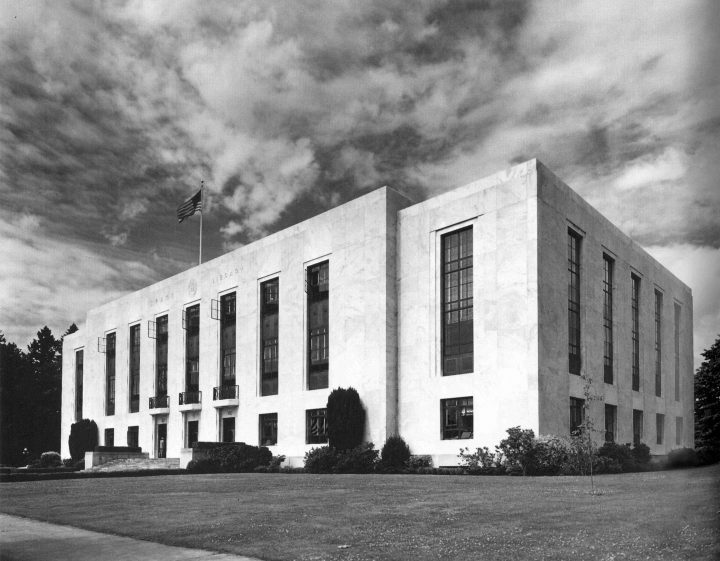
1938 - Oregon State Library
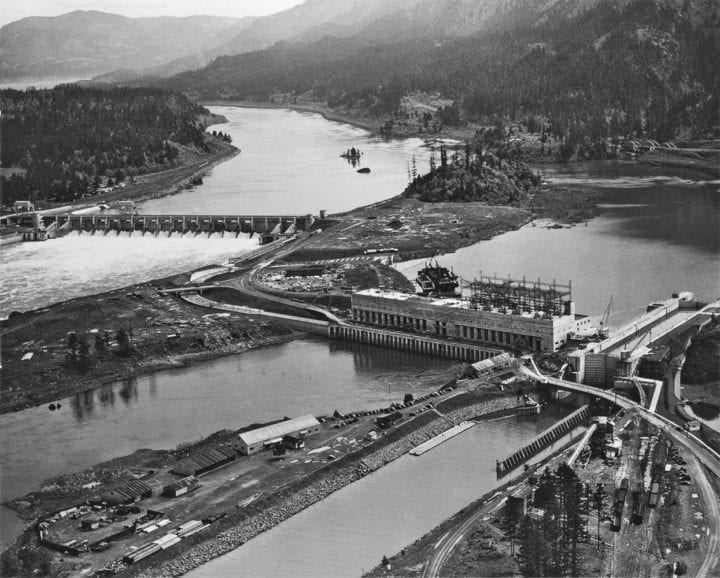
1939 - Bonneville Dam 2nd Unit Powerhouse
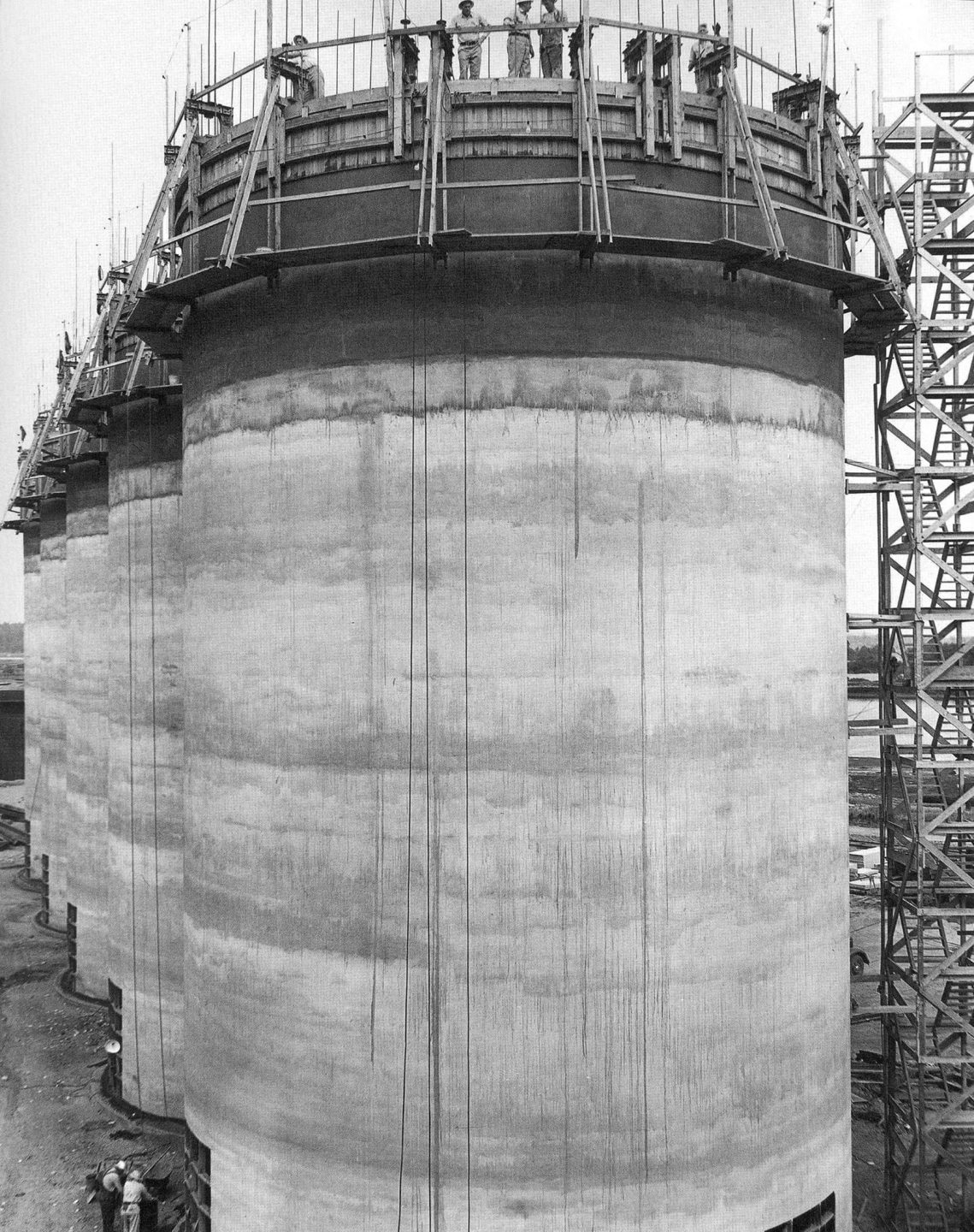
1948
WWII and Beyond
Hoffman builds a series of defense projects, including barracks and hospitals for the military. The company also moves back to commercial construction and provides strong support for the growth of the Northwest wood products industry.
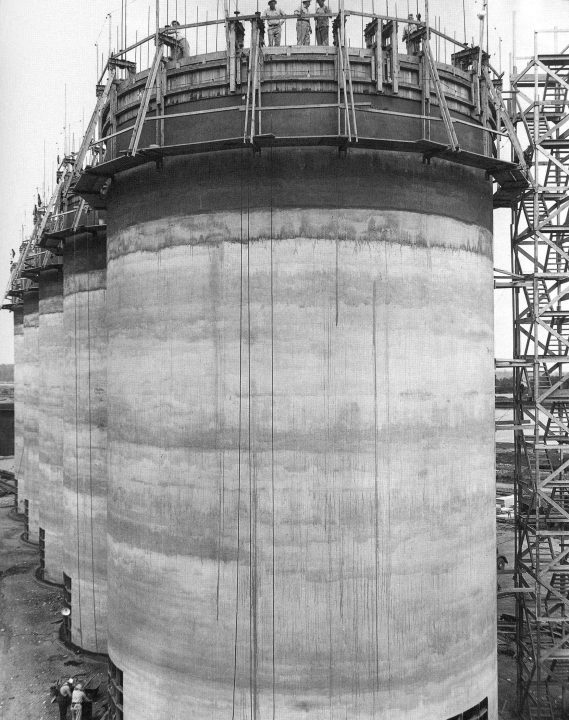
1952 - Weyerhaeuser Pulp Mill
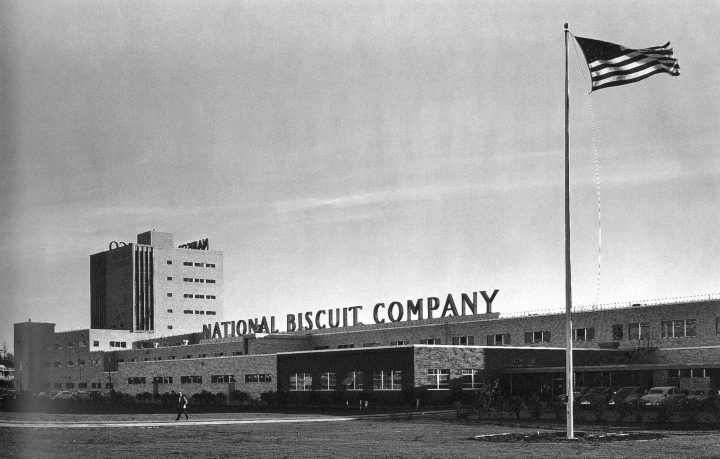
1948 - Nabisco Bakery
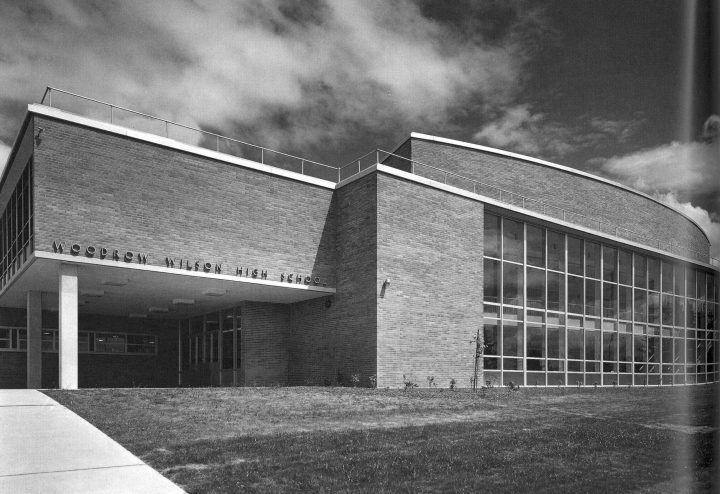
1956 - Ida B. Wells High School
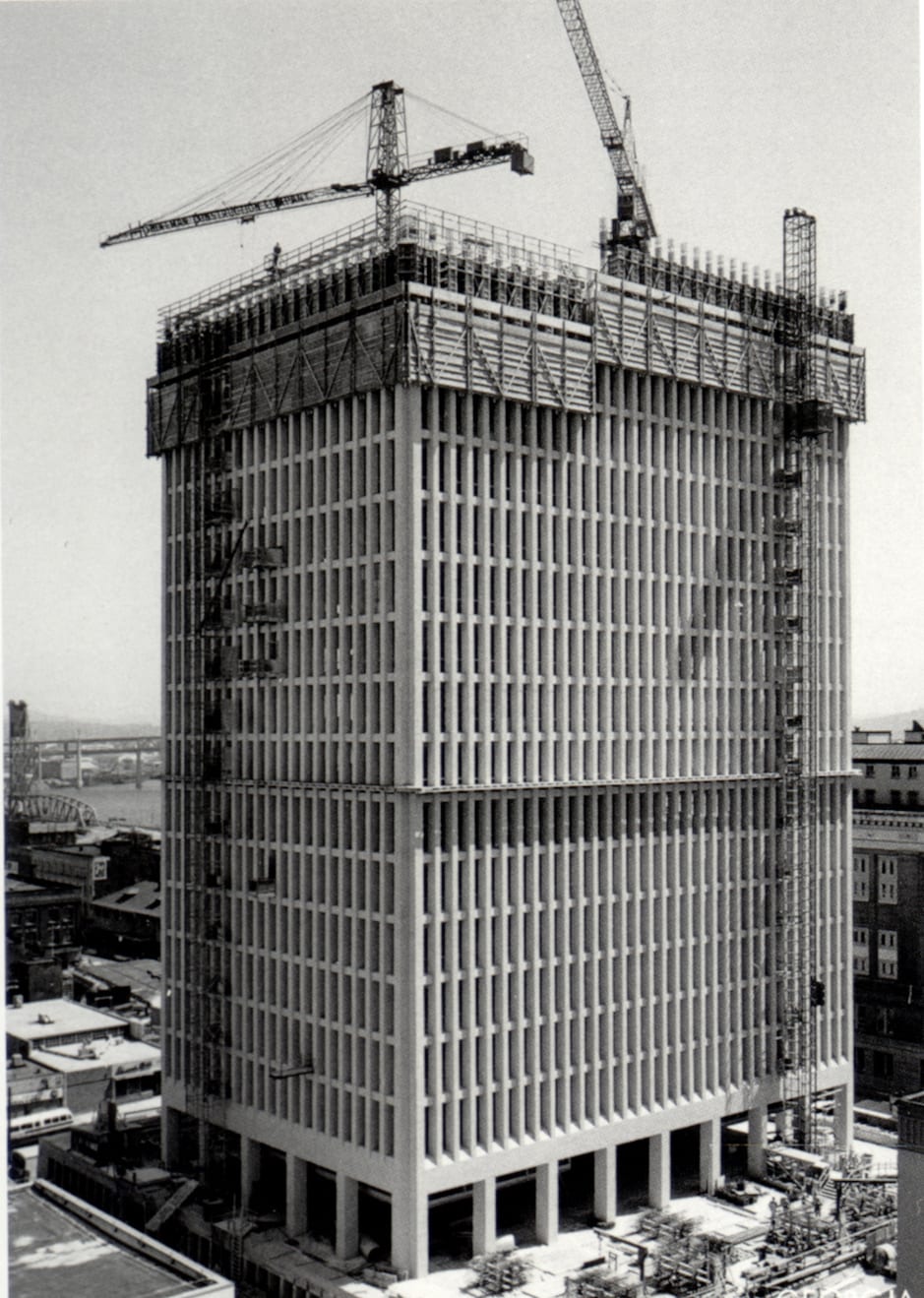
1968
Portland Rises
In 1968, Hoffman lands a contract to erect a new corporate headquarters for Georgia-Pacific, a major addition to the Portland skyline since the 1920s.
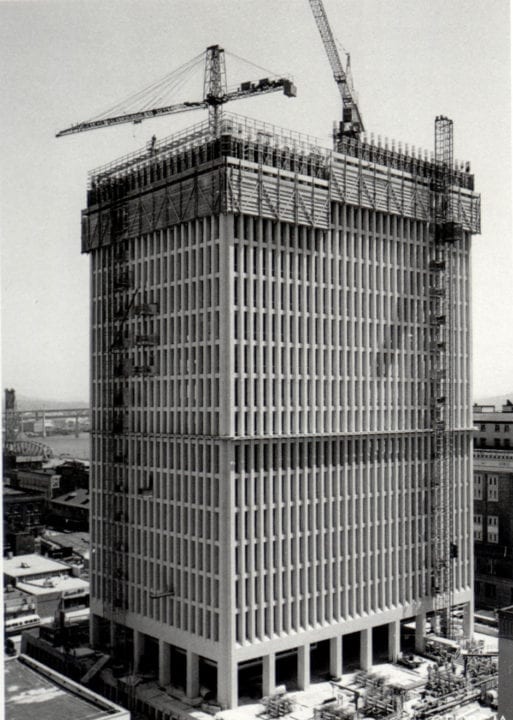
1968 - Georgia Pacific Building
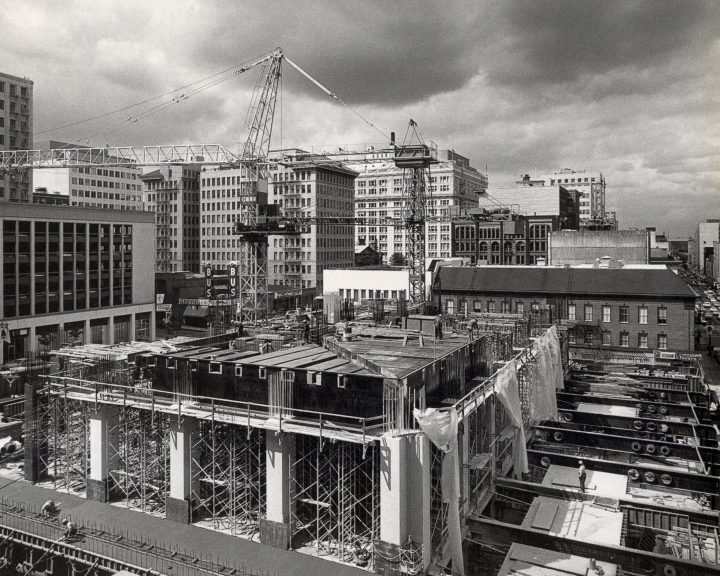
1968 - Georgia Pacific Building - Construction
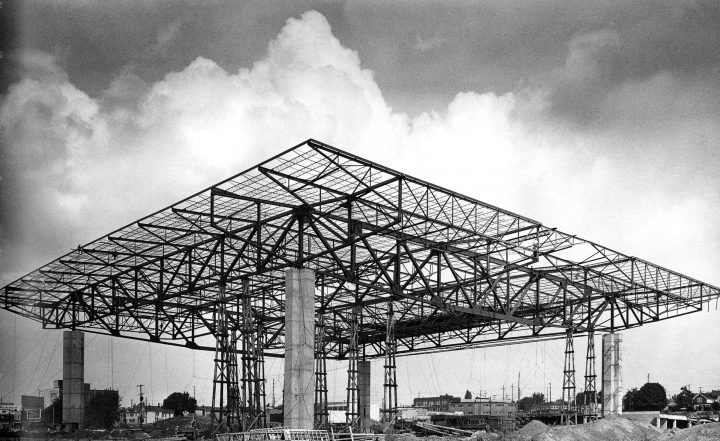
1959 - Memorial Coliseum
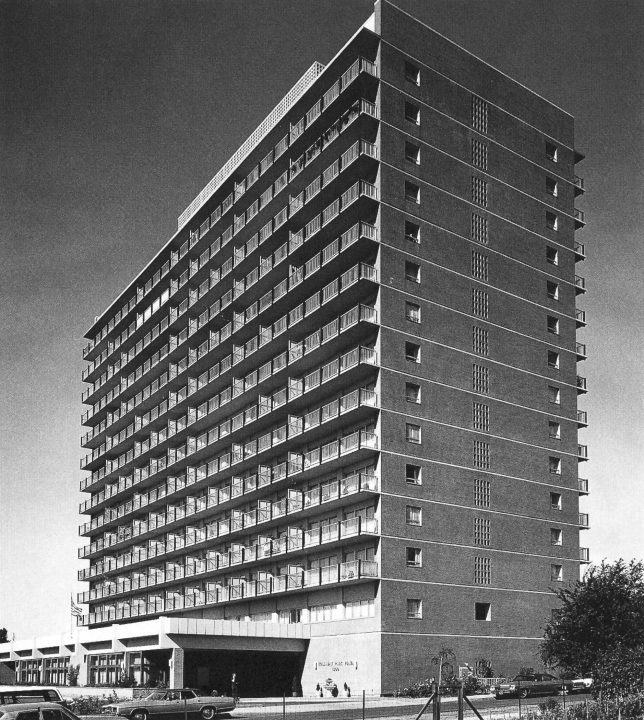
1966 - Holladay Park Plaza Portland
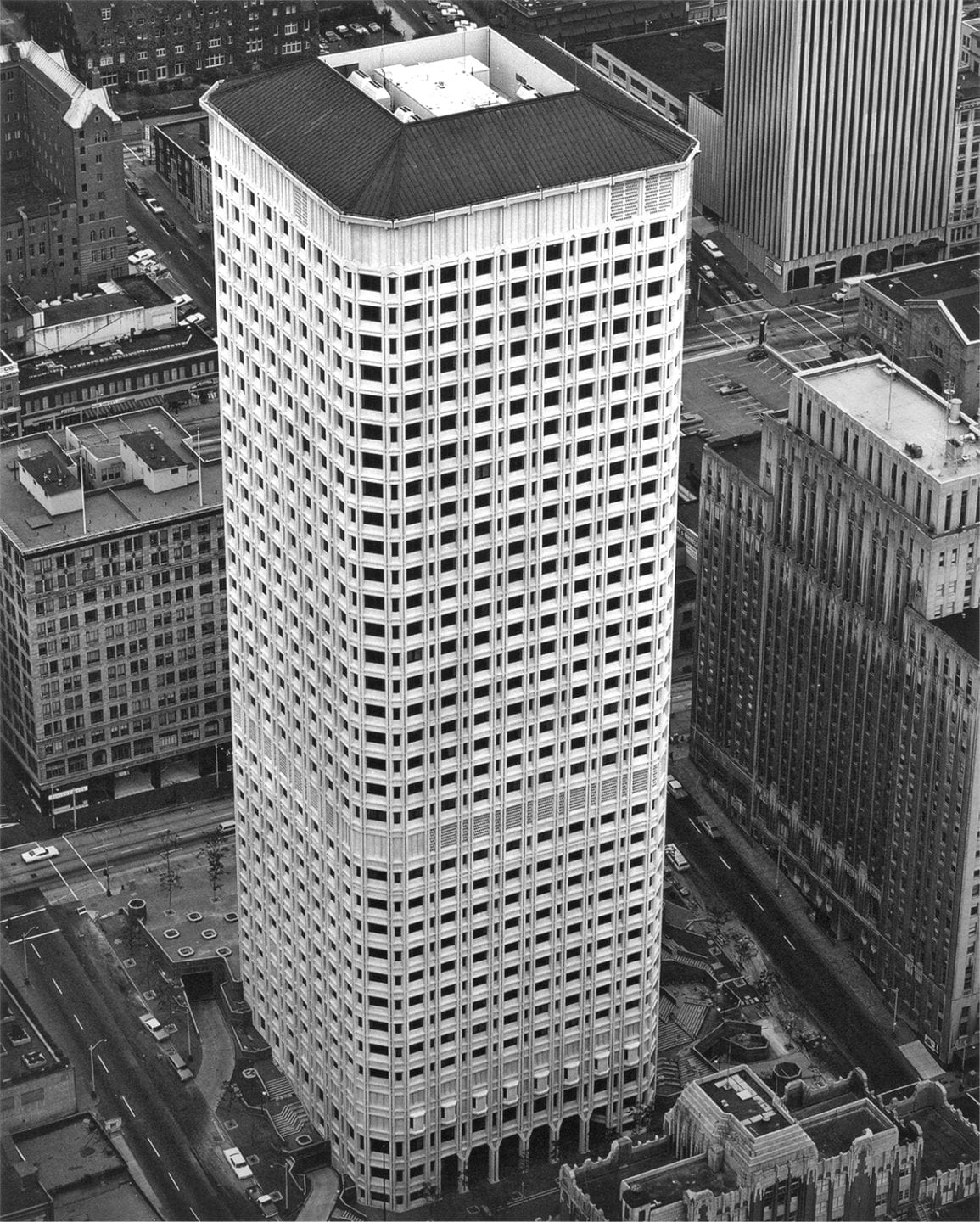
1973
Old Strengths and New Innovations
Under the leadership of L.H. Hoffman’s son, Eric, and Cecil W. Drinkward, the company takes on a wide array of new challenges. Accuracy, economy, and speed remain Hoffman hallmarks, but new innovations – from tower cranes and concrete pumps to computer scheduling programs – alter the tools of the trade.
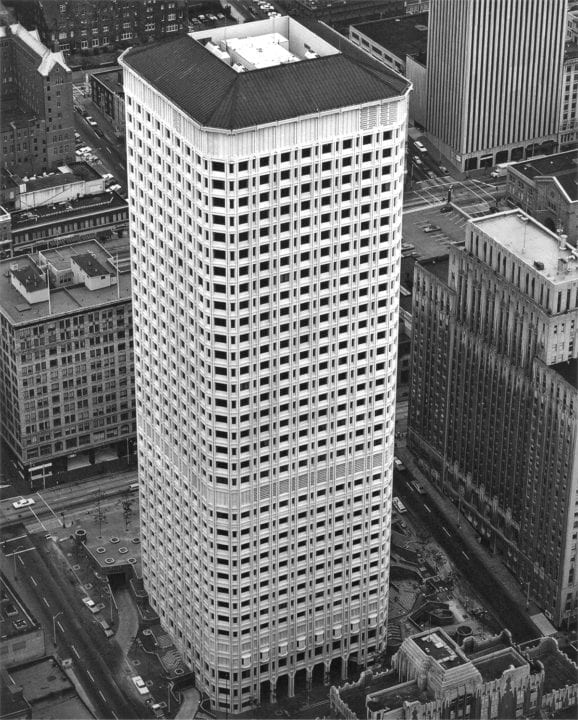
1974 - Federal Office Building - Seattle
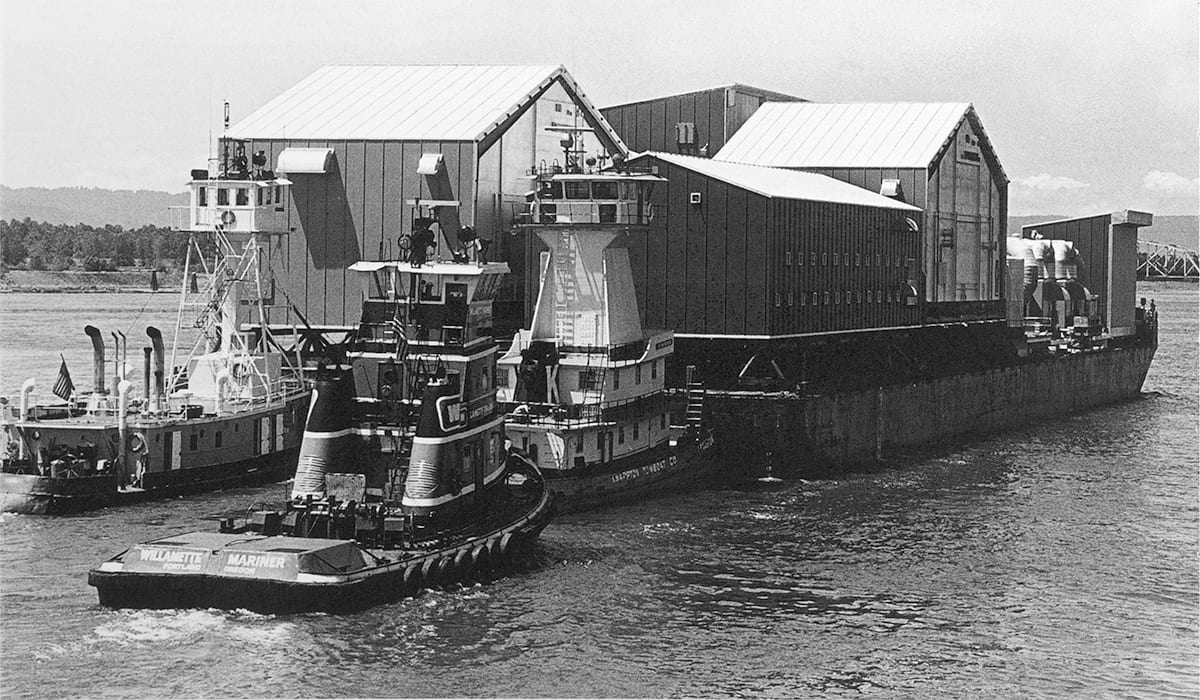
1978
North to Alaska, and Beyond
During the oil boom of the 1970s, Hoffman builds oil field “service modules” in Alaska, along with schools and office buildings. By the dawn of the 1990s, Hoffman had extended its reach north to the Arctic Circle, west to the Aleutian Islands, south to the deserts of New Mexico, and east to New York and Washington, D.C.
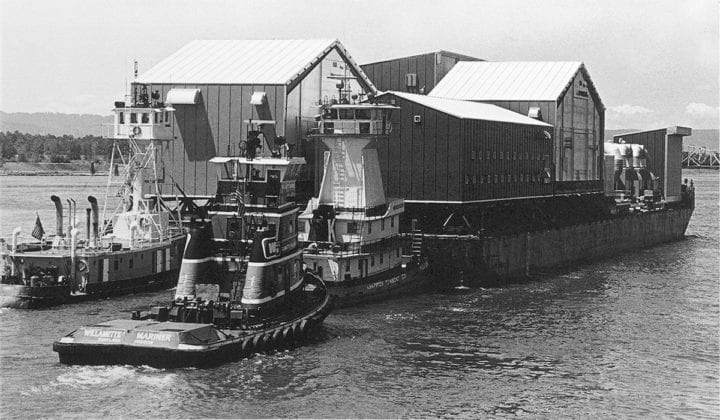
1977 - Prudhoe Bay Oil Field Modules
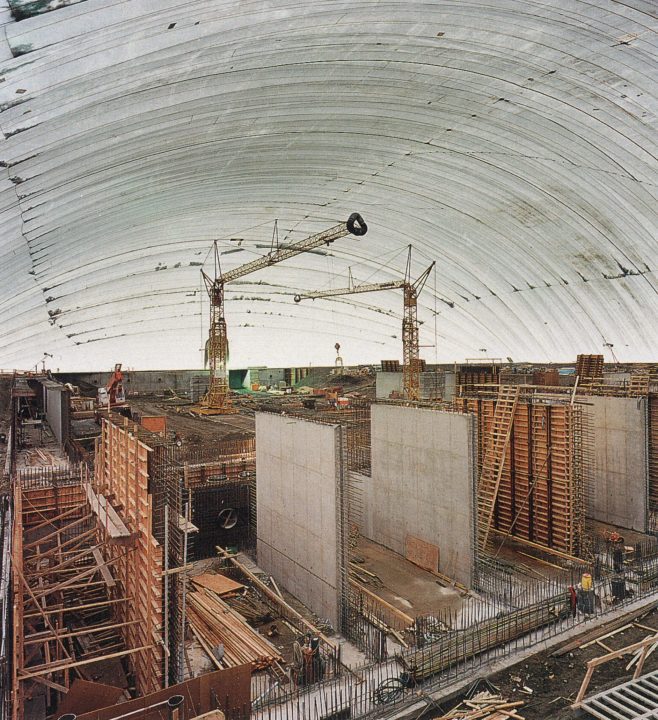
1987 - Eklutna Water Treatment - Dome
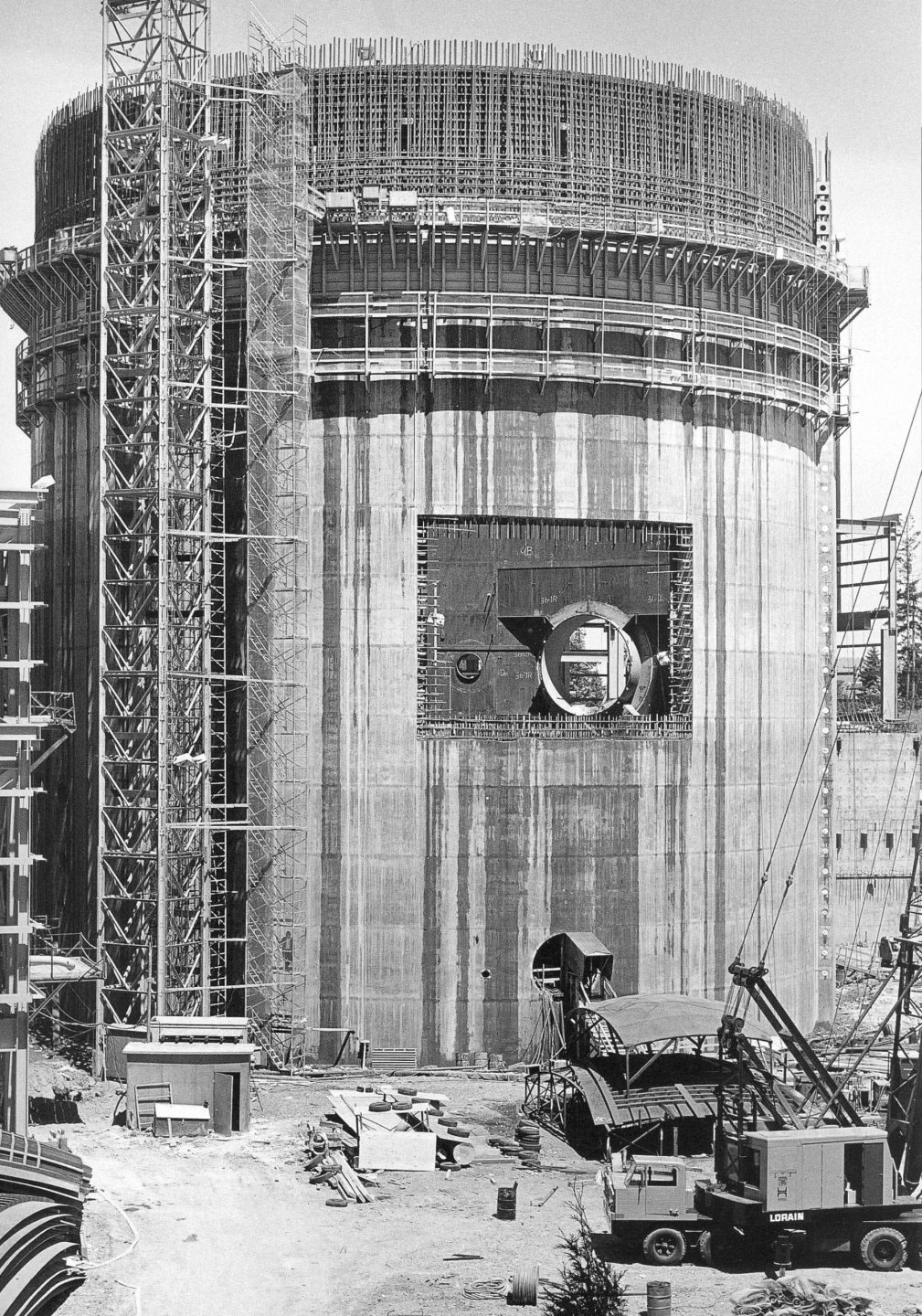
1979
Bigger and Better
A succession of large industrial projects demonstrated Hoffman’s ability to handle projects of massive size and complexity. Notable projects include nuclear and coal-fired power plants, a submarine base for the U.S. Navy and the Northwest’s largest cement plant.
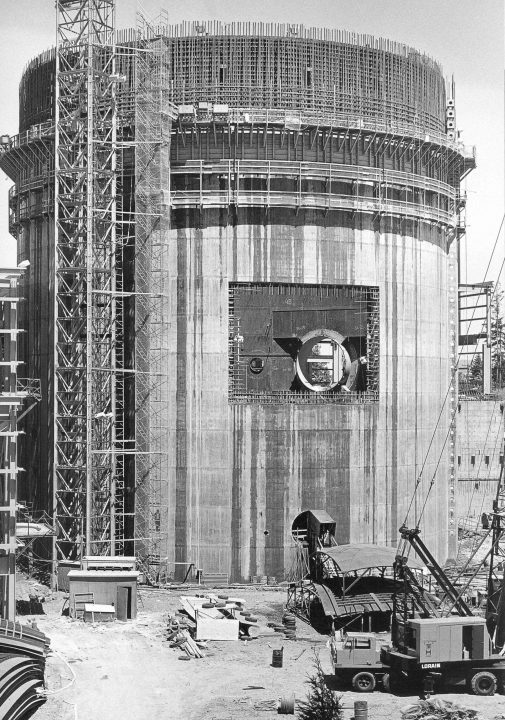
1972 - Trojan Nuclear Plant - Turbine
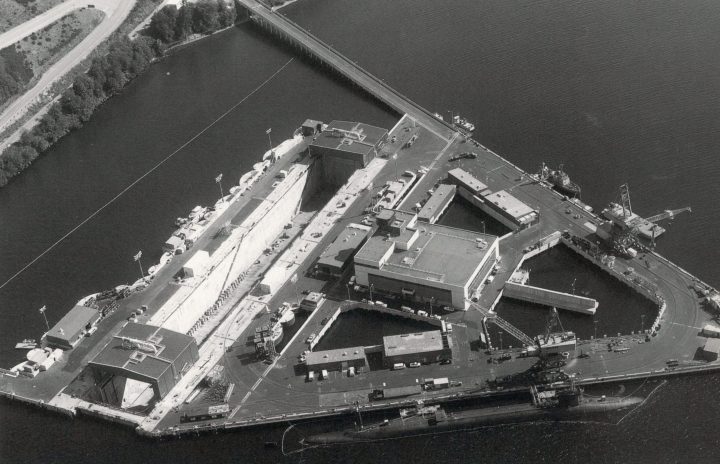
1979 - Trident Submarine Base
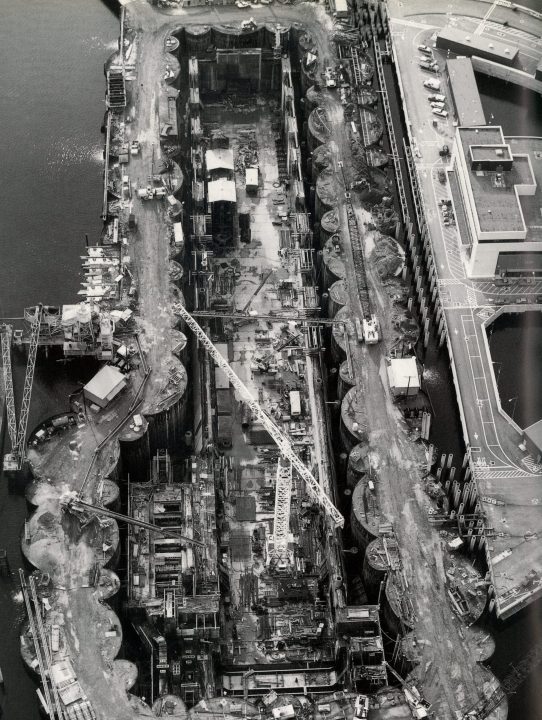
1979 - Trident Submarine Base
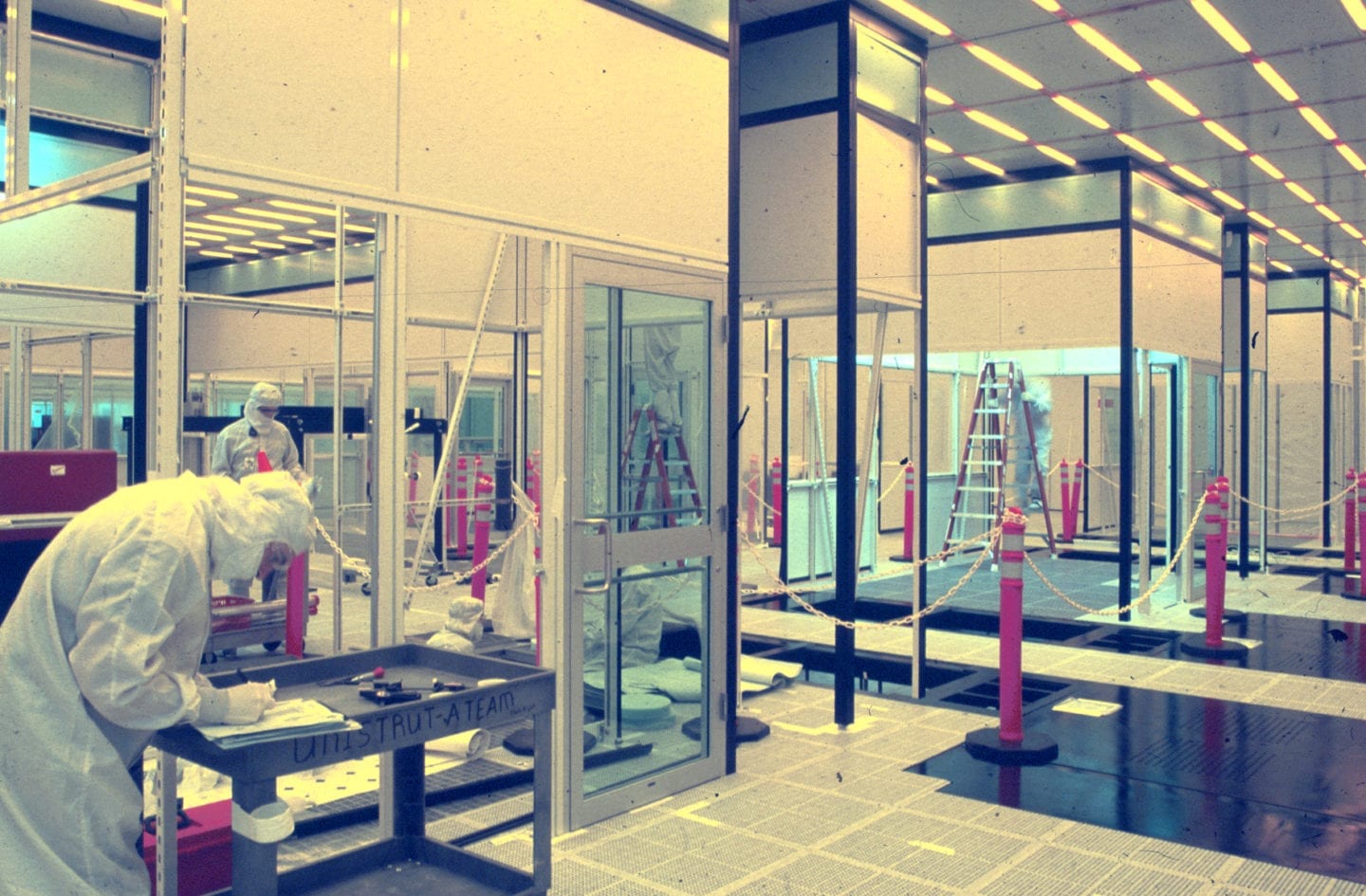
1988
Hoffman Meets High‑Tech
In 1978, a German company selects Hoffman to construct a silicon wafer plant in north Portland. By the end of the 1980s, Hoffman’s expertise with the complex systems and aggressive schedules of high-tech construction is in high demand. The company will ultimately build millions of square feet of manufacturing space for high-technology clients.
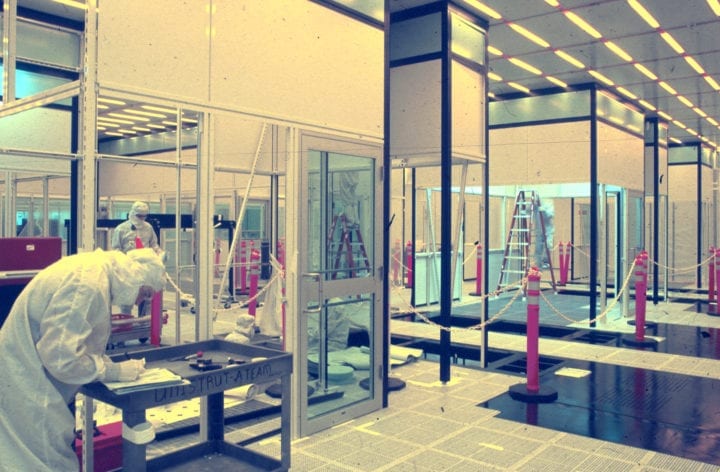
1992 - D1A - Bunny Suit
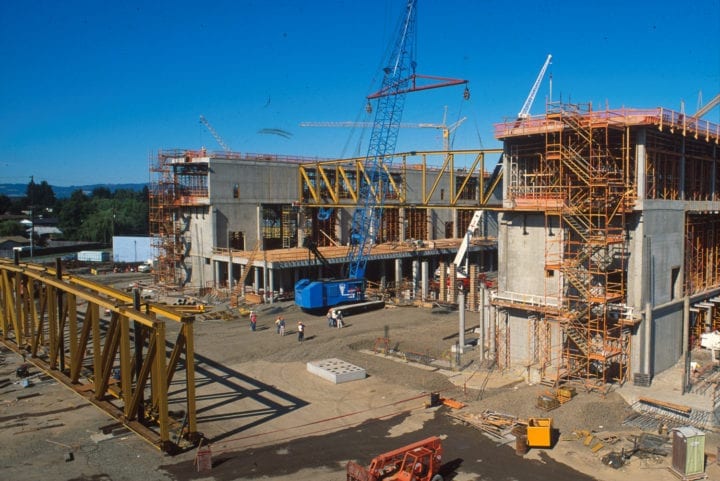
1992 - D1A - Lift
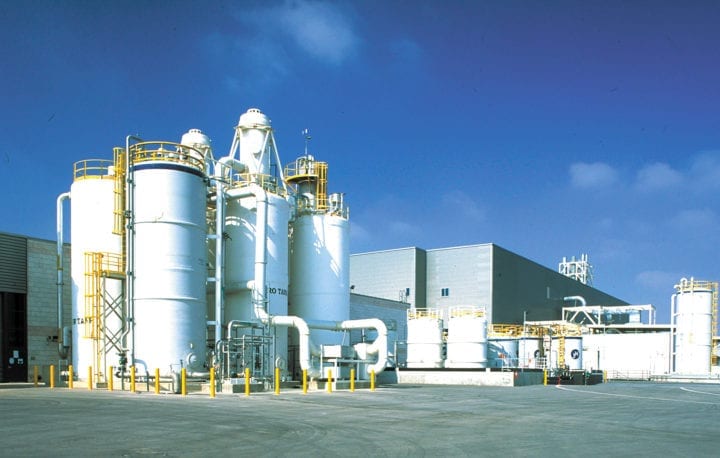
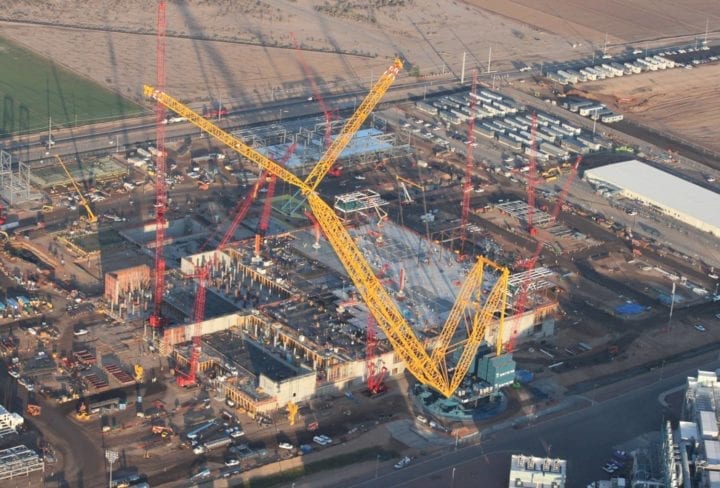
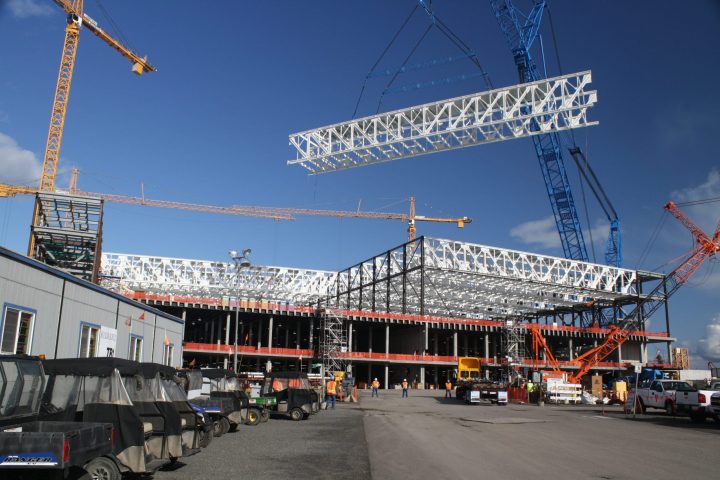
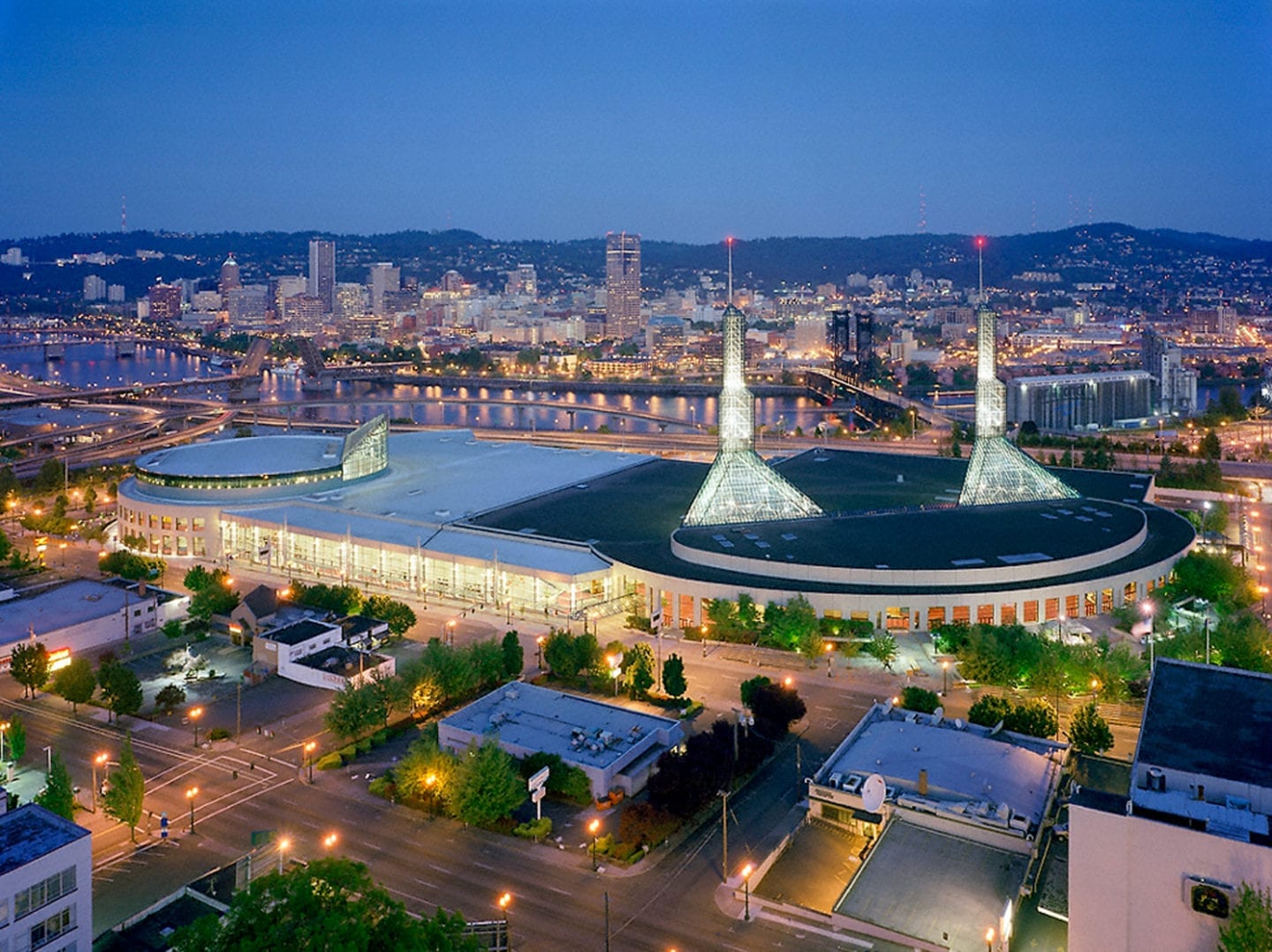
1990
Reshaping the Portland Skyline
Hoffman plays a decisive role in moving Portland into the future. Projects of major distinction include the Portland Building, the Justice Center, the Portland Center for the Performing Arts, and the Oregon Convention Center.
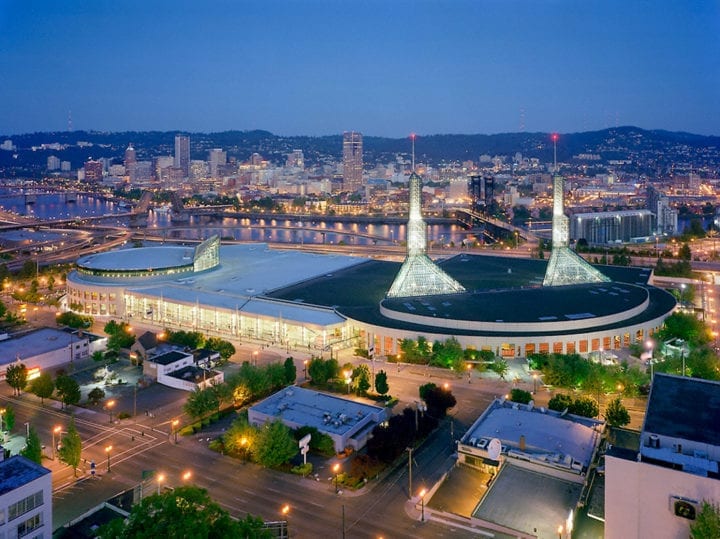
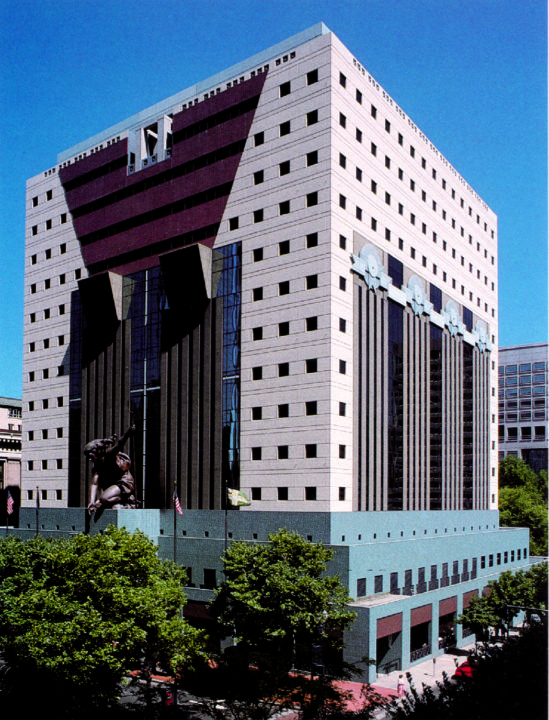
1982 - The Portland Building

1982 - The Portland Building - Detail
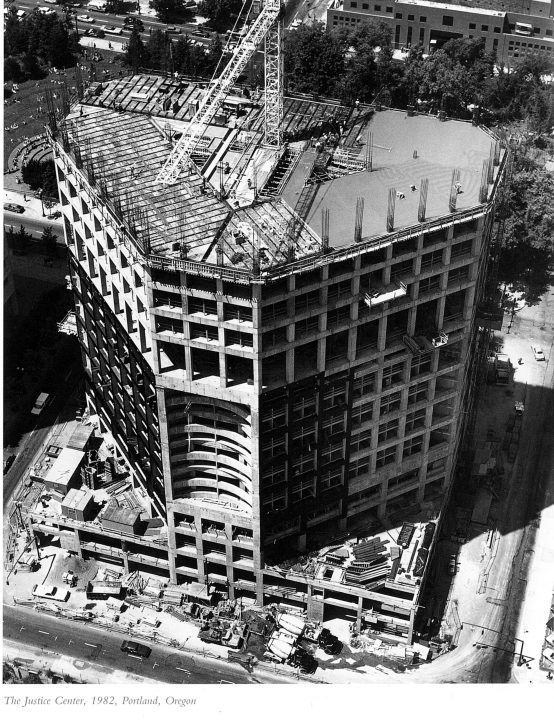
1982 - The Justice Center - Portland
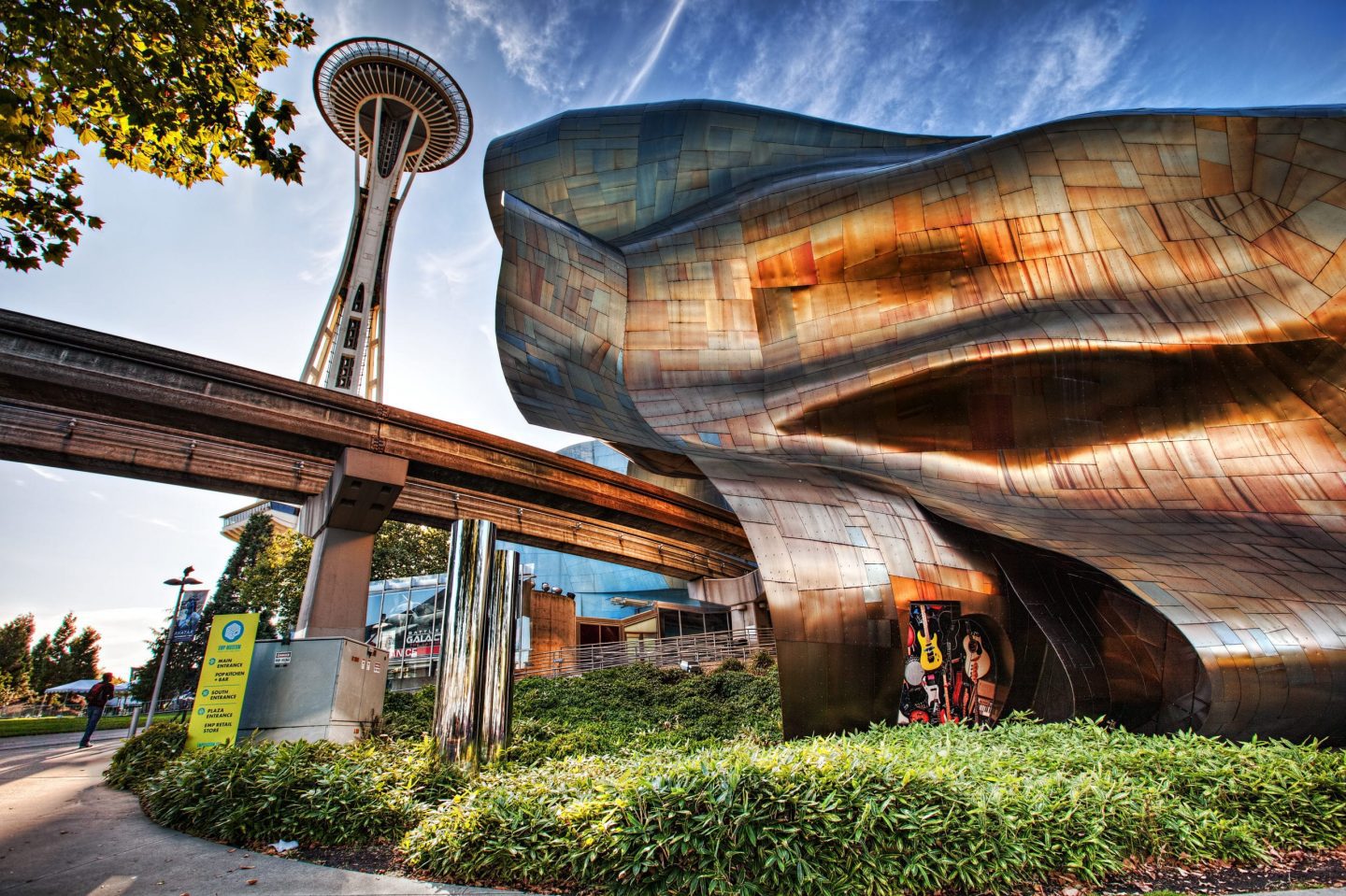
2000
World‑Class Challenges
Hoffman works with some of the world’s top architects, devising new technologies and strategies for one-of-a-kind projects, including interactive museums, elegant libraries, and modern hospitals.
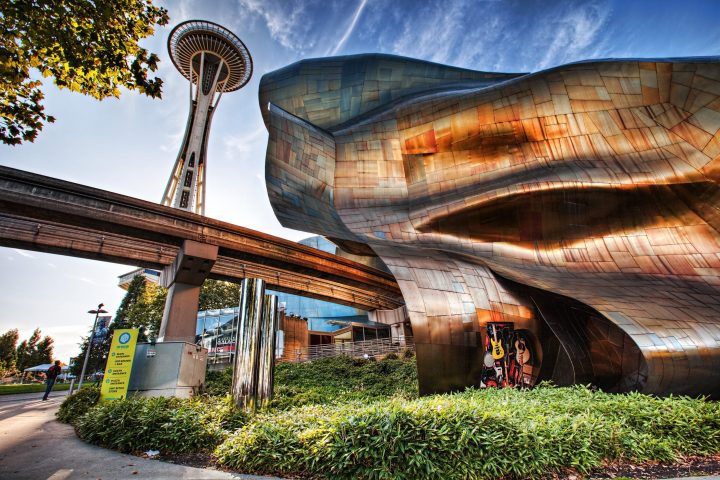
1996 - Museum of Pop Culture
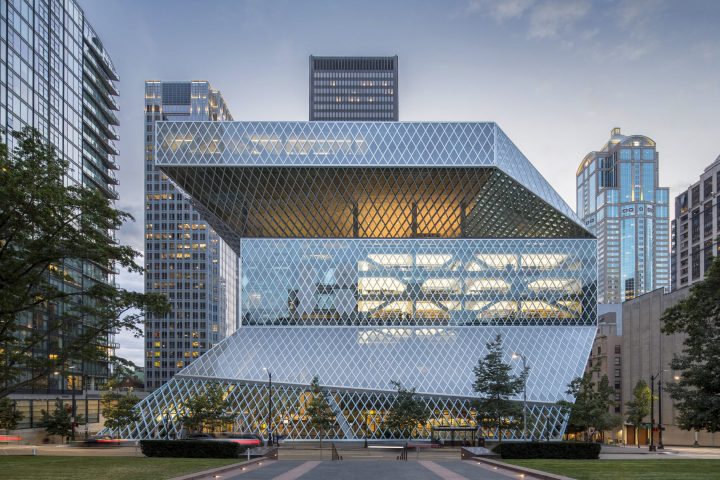
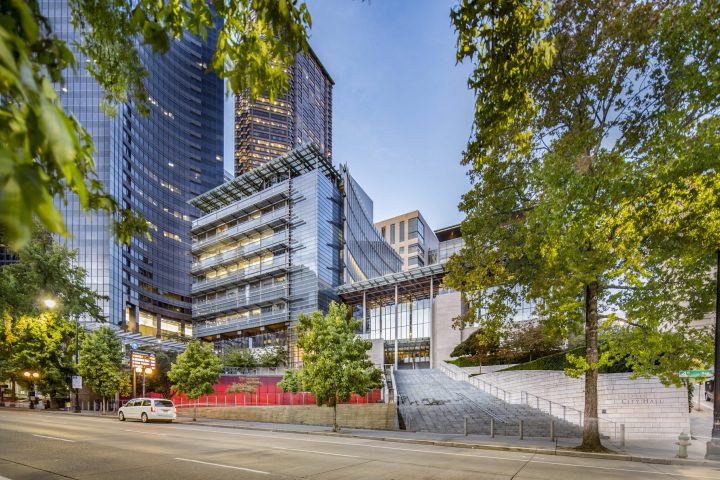
2001 - Seattle City Hall
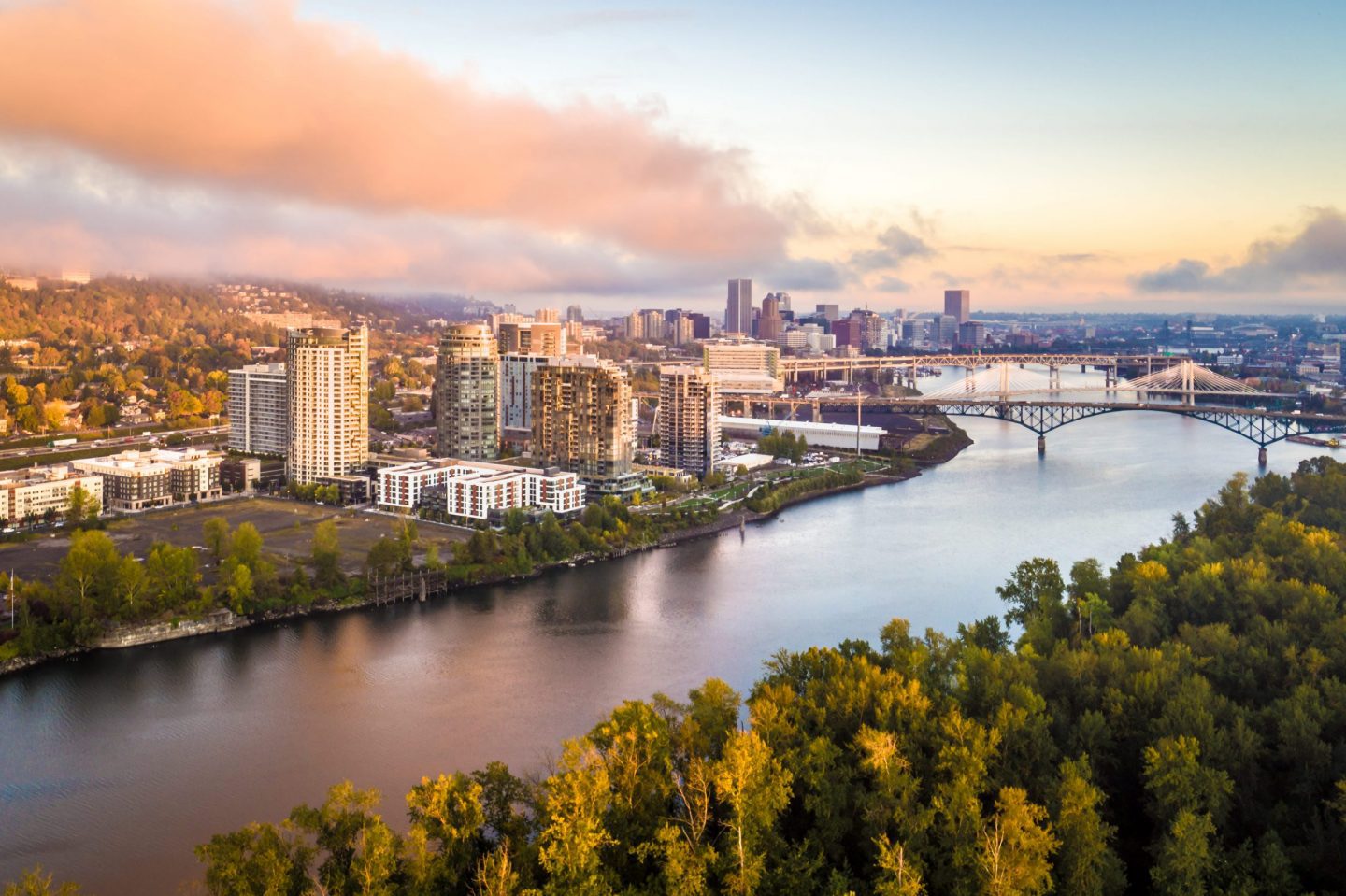
2010s
Portland’s South Waterfront
As Portland’s robust growth continues, Hoffman is a key player in the development of new districts and neighborhoods that revitalize the cityscape. The highest profile undertaking is the South Waterfront, a new urban district constructed on a former industrial site on the west bank of the Willamette River. With a value of over $500 million, it is one of the largest urban redevelopment projects in the United States, generating new jobs, housing, open spaces, multi-modal transportation options, research and office space, and destination attractions.
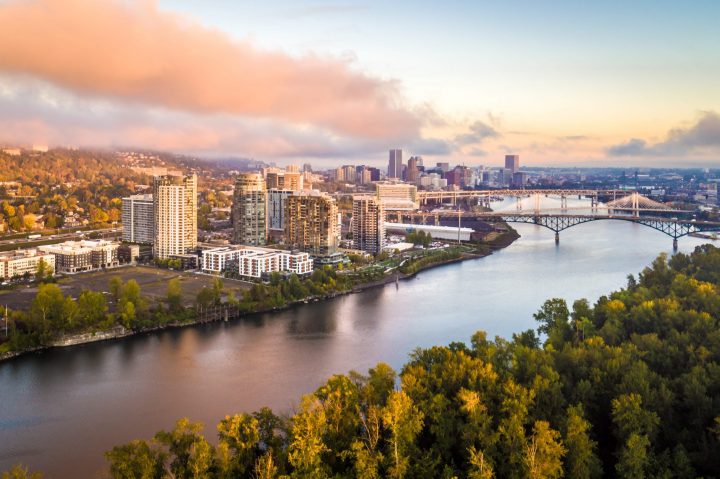
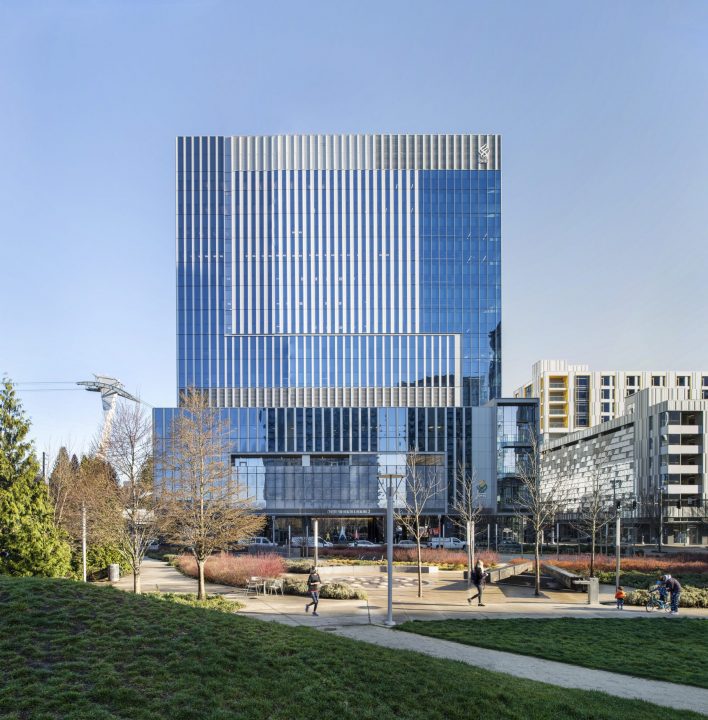
2019 - OHSU Center for Health and Healing South
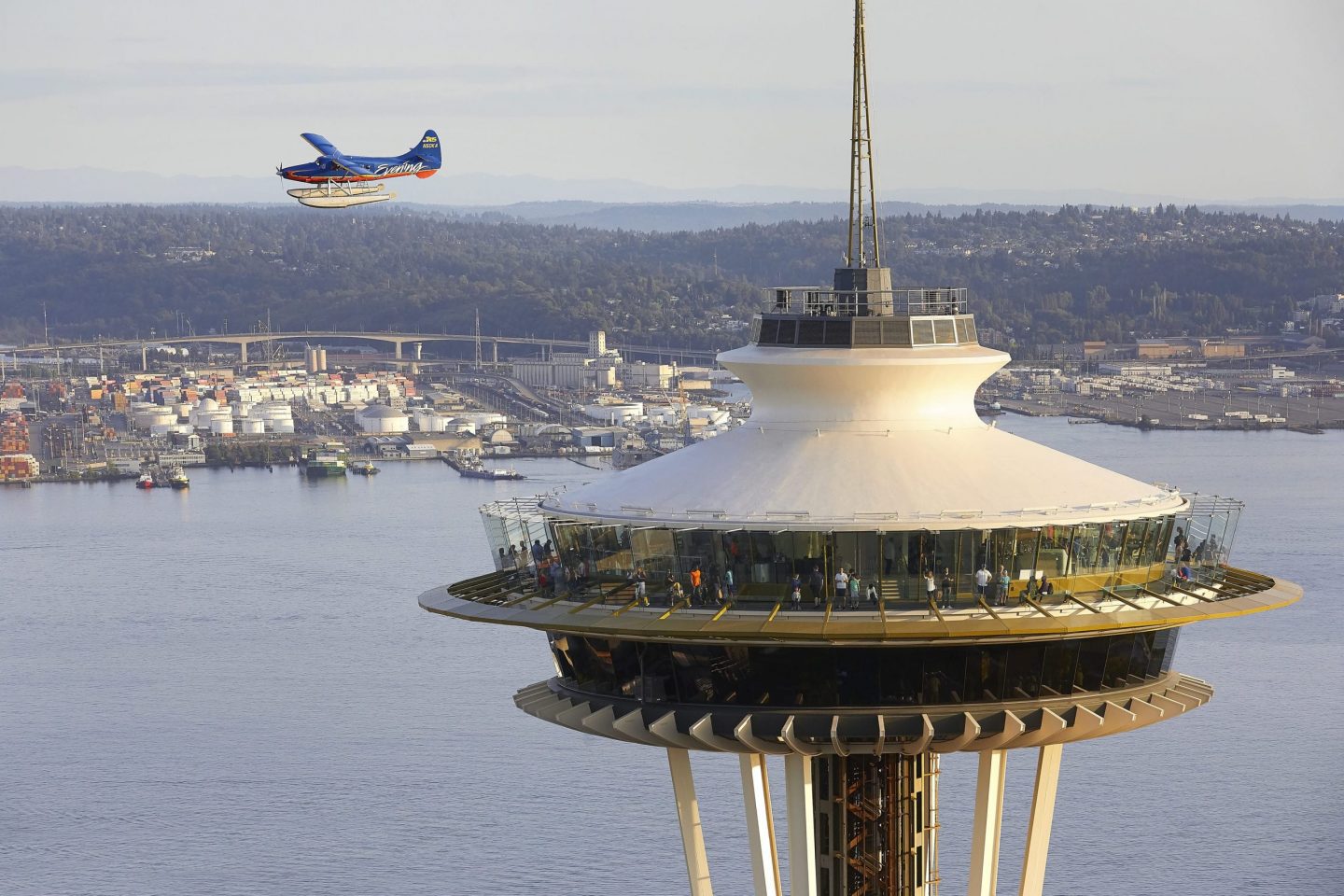
2020
Landmarks and Legacy
As the 21st century unfolds, Hoffman continues building a legacy of performance excellence. Owners trust us with their most important projects, such as challenging renovations of the Northwest’s best-known landmarks. Our update of Seattle’s iconic Space Needle transforms the 56-year-old attraction’s physical systems and uses cutting-edge glass technology to dramatically enhance the views in every direction. For the painstaking expansion of Portland’s internationally known Japanese Garden, we craft an approach that honors the aesthetics and traditions of Japanese design, construction techniques, and culture.
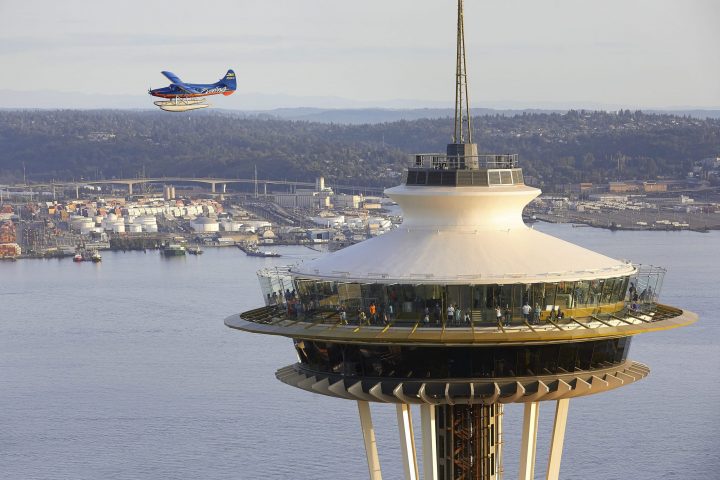
2019 - Space Needle Century Project
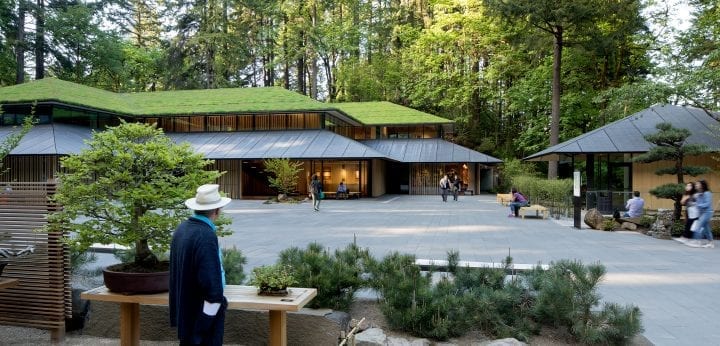
2019 - Portland Japanese Garden
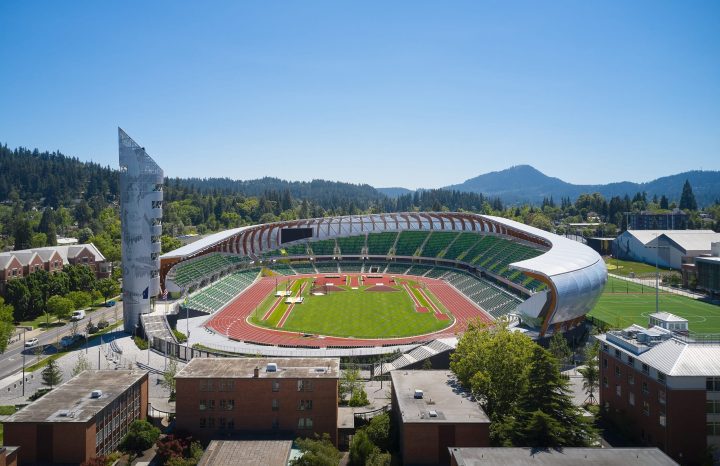
2021 - Hayward Field
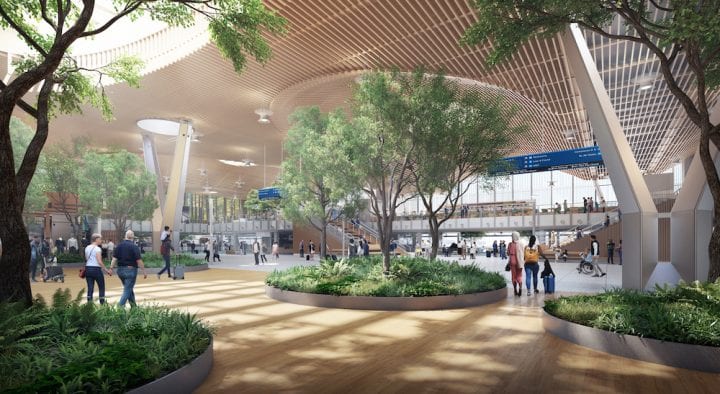
2022 - PDX Terminal Core Redevelopment
...
Looking Forward
Hoffman enjoys growth across a wide range of markets, from advanced technology and healthcare to water treatment, education, offices, and more.
As we celebrate our 100th anniversary, the future is bright indeed.